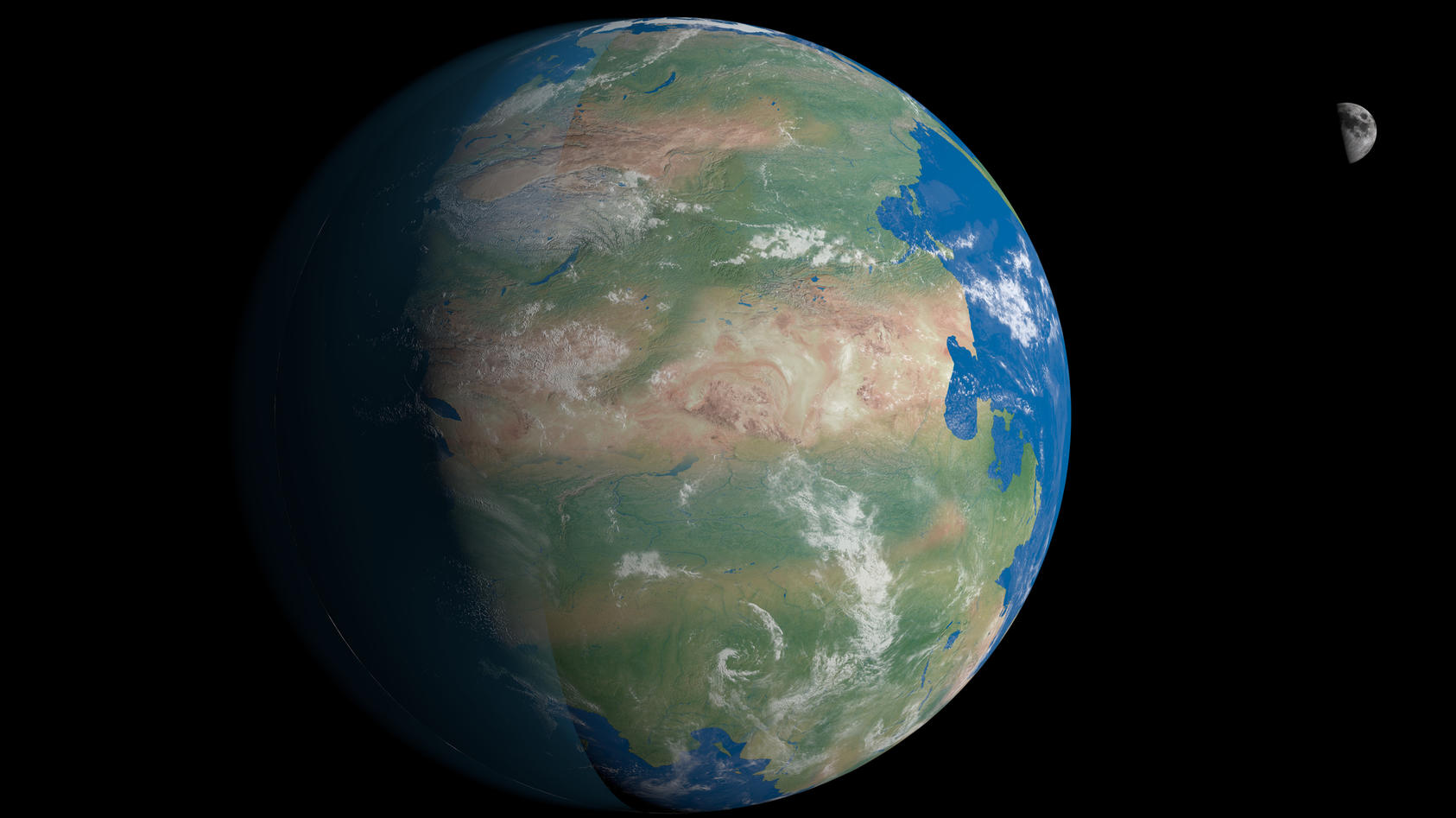Continents are constantly moving. Experts believe that the Eurasian and North American plates are moving away from each other. They once formed a huge landmass, called the supercontinent Pangea, which separated about 175 million years ago and over millions of years formed today’s continents. Because of this constant movement, scientists predict that the continents will collide again on opposite sides of the Earth within a few hundred million years. At the same time, the Australian continent is moving north.
The future supercontinent that could arise in what is now the Pacific Ocean would unite all the continents and be surrounded by a new ocean far exceeding the Pacific Ocean. According to calculations by scientists at the University of Lisbon in collaboration with their colleagues at NASA’s Goddard Institute for Space Studies, this could happen in about 200 to 250 million years.
Reading tip: The new supercontinent Amasia is expected to replace the Pacific Ocean

Mountains such as the Himalayas will be more common on the supercontinent.
www.imago-images.de, imago Images/Panthermedia, SeuMelhor Click through www.imago-images.de
However, this is just one of many theories about how the Earth’s surface is changing. There is an alternative theory regarding the formation of the supercontinent Amasia. The North American tectonic plate moves west until it meets the Asian and Australian plates. However, this is supposed to happen in the Arctic, which will lead to an ice age of 100 million years. In this scenario, there would eventually only be Antarctica and Asia as continents.
When land masses meet, mountains are formed. In this case, when several continents collide, there are more mountains. As the rocks in these mountains are exposed to the elements, additional carbon dioxide can be absorbed from the atmosphere and stored in the rocks. This would also cool the climate, but would have serious impacts on biodiversity.
Reading tip: Scientists from America have made amazing discoveries about the interior of the Earth

In theory, Antarctica would be part of the supercontinent Eureka.
F C J, D B A, Robert Bauer
However, the future of the supercontinent called Eureka does not look promising either. Since the continents will meet at the equator, this will cause the Earth’s temperature to rise by 2 to 3 degrees. Since Antarctica will also merge with the supercontinent, there will be no poles and thus no ice caps that can reflect sunlight (albedo) to balance temperatures.
The collision of tectonic plates can also stimulate volcanic activity, releasing large amounts of greenhouse gases such as carbon dioxide (CO2) and methane (CH4) into the atmosphere. This increase in greenhouse gases could lead to climate warming. However, it must be emphasized that these processes take millions of years and it is impossible to accurately predict how the climate will evolve during this period.
Reading tip: Iceland is being torn apart: plate movements create a unique landscape
If you are interested in weather, climate and other science topics, you are in good hands on wetter.de. We can also especially recommend the 7-day weather trend with the weather forecast for the next week. This is updated daily. If you want to look further into the future, a 42-day weather trend is one option. There we will take a look at what will happen in the coming weeks.
So that you don’t miss any weather on the go, we recommend our wetter.de app apple And AndroidDevices.

“Total coffee aficionado. Travel buff. Music ninja. Bacon nerd. Beeraholic.”








More Stories
Coral Seeding: Artificial Insemination Makes Coral More Heat Tolerant
Fear, Anger, and Denial: How People Respond to Climate Change – Research
LKH Graz: Using radiation to combat heart arrhythmias